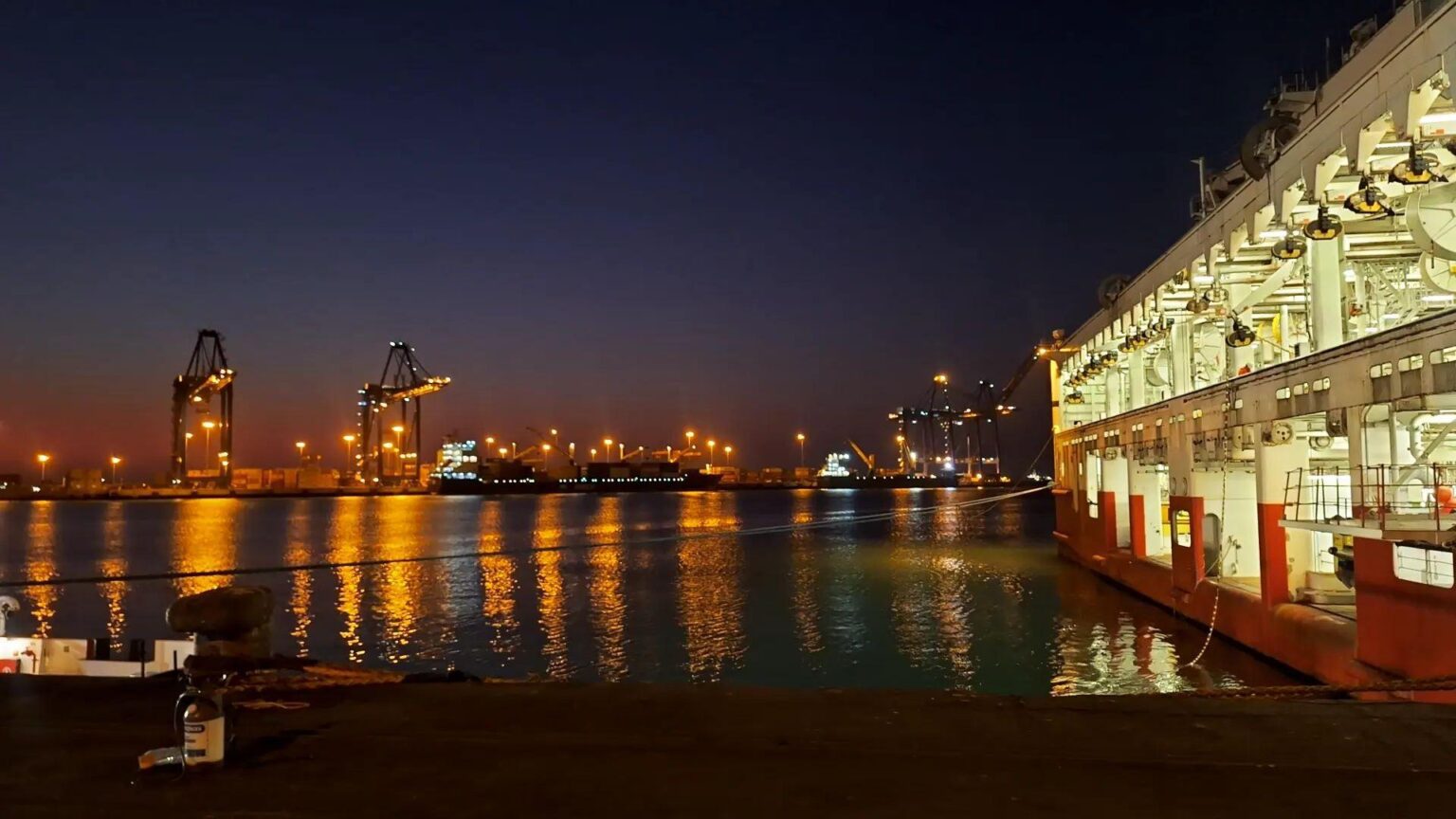The craftsmanship that established the Netherlands as a leading shipbuilding nation underpins the country’s world-class superyacht industry. After several record years, the market is showing signs of cooling, yet opportunities remain — particularly in the growing expedition yacht segment, according to a new report from ABN AMRO.
By comparison, Germany specialises in the very largest yachts, with Lürssen’s Azzam (181 metres) still holding the world record. German builds now average 99 metres, while Dutch yards cover a wider segment at 71 metres. Italy dominates the 30–60 metre bracket with two-thirds of sales, focusing on volume and series production, with an average length of 55 metres.
Market under pressure
According to ABN AMRO and HISWA-RECRON, Dutch-built superyachts accounted for around a quarter of the global market in 2023. The industry employs some 6500 people, roughly half in shipyards and half among suppliers. Revenues fell 8.5 per cent in 2023, but export value jumped 48 per cent, reflecting orders placed during the pandemic now being delivered.
Globally, sales have cooled after record years, with deliveries slowed by sanctions on Russian clients after the invasion of Ukraine. Several completed yachts had to be resold, often with modifications, to non-Russian buyers.
To stabilise workloads, more shipyards are building on speculation. Speculative construction accounted for 31 per cent of the market in 2025, up from nineteen per cent in 2023. In the Netherlands, more than a quarter of yachts under construction are speculative, particularly smaller vessels.
Customer profile and ownership
A shift is also visible in demand. Traditional billionaire owners are giving way to younger, tech-driven clients who prioritise adventure over luxury. This has fuelled growth in the expedition yacht segment — robust designs with long autonomy, able to operate in remote regions such as Antarctica. Damen’s Xplorer 60, a 60-metre hybrid yacht with ice-class certification, is a notable example. The global expedition fleet has doubled in the past decade to 110 yachts.
While Dutch yachtbuilding remains rooted in family firms, rising capital requirements are attracting private equity. Companies such as Royal Huisman Group, Vanquish Yachts and Steeler Yachts are now partly investor-owned. In Italy, by contrast, several leading builders, including Ferretti, Azimut and Sanlorenzo, are stock market listed, supported by more predictable, series-based production.
Outlook
Despite headwinds, Dutch yards retain their premium position, concludes ABN AMRO. US tariffs are expected to have limited impact, as most large yachts are registered under alternative flags such as the Cayman Islands, Marshall Islands or Malta. According to Statistics Netherlands, exports of pleasure and sports boats totalled EUR 3.6 billion in 2024, the majority superyachts.
With its blend of innovation, bespoke design and proven craftsmanship, the Dutch industry remains well placed to serve evolving demand — particularly as younger buyers turn towards exploration and sustainability.





